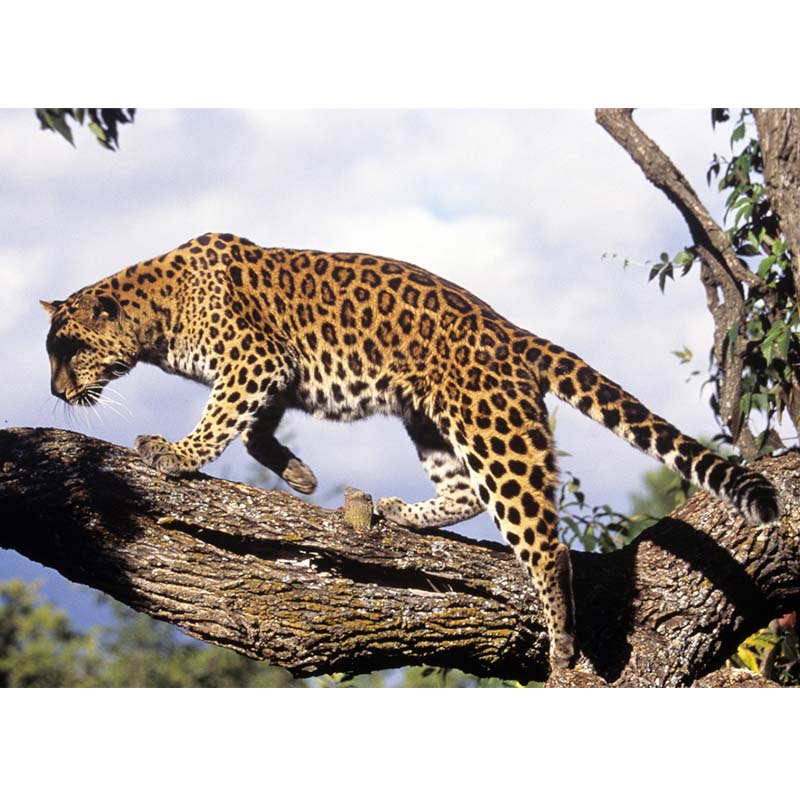Two big cats dangerously close to extinction are the objects of a national park to be established in the provinces of Jilin and Heilongjiang in northeastern China. The 14,500-square kilometer national park will be a sanctuary for the Amur leopard and the Siberian or Amur tiger and will be one of the largest big cat reserves in the world.
The two big cats are among the most endangered in the world. In 2007, only a tiny population of about 30 Amur leopards remained in Russia’s Primorsky province, having gone extinct in China and Korea, which had once been its range. The Amur tiger faced the same fate, with only 40 believed to be in the wild in northeastern Russia.
Both big cats were victims of the usual culprits that threaten wildlife: hunting, poaching, encroaching civilization, forest exploitation and climate change. Fortunately, in the intervening years, both made slow but steady comebacks. According to a report in the Huffington Post, “In the 1990s, China stopped logging in the area where tigers and leopards roam, and banned civilian gun ownership, which helped reduce the threat of hunters. The government also created the Hunchun Tiger Leopard Nature Reserve in 2002, a small patch of habitat along the Sino-Russian border.
The WWF in 2015 said that almost 60 Amur leopards, the “world’s rarest cat,” were spotted in Russia and 12 in nearby areas in China. Numbers of the Amur tiger, meanwhile, rose up to around 400 in Russia and more than 30 in northeast China.
A comprehensive plan for the park is expected to be implemented by 2020, including plans to relocate some existing communities and factories inside the declared park area to “avoid conflicts between wildlife and human activities.” Jilin’s Forestry Department also said it will set up a monitoring and rescue center for wild leopards and tigers, as well as other scientific and research facilities.
The government aims to develop a national park system that would meet international standards.This is part of the environmental reforms announced by President Xi Jinxing in 2013 that the government will implement to achieve its vision of an “ecological civilization” that would embrace economic progress as well as environmental sustainability.





